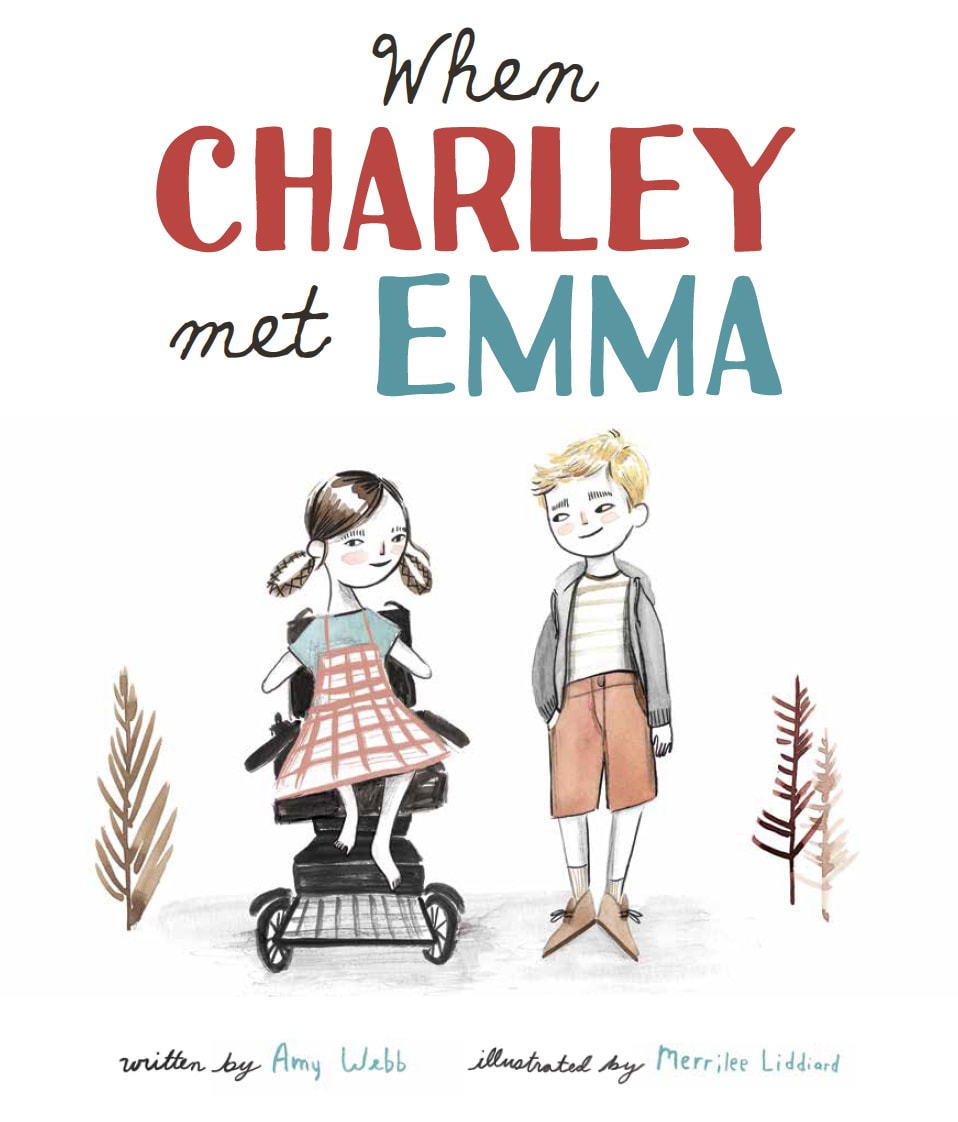.jpg)
This post is a paid partnership with Voice of Play. You can learn more about Voice of Play here and their mission to increase education and awareness about the many benefits of children’s play. This campaign aims to raise awareness about inclusive playgrounds, as well as share tips and information about how to advocate for inclusive playgrounds in your community.
Typically when I use the word accessible it’s a positive thing, but not necessarily when talking about playgrounds. See, when speaking about playgrounds it’s important to understand the difference between what passes for an “accessible” playground according to the requirements as laid out in the ADA (Americans with Disabilities Act) vs. a truly inclusive playground, which is so much more than the bare-minimum requirements.
Like a lot of legal documents, the ADA checklist for an accessible playground is lengthy and can be confusing. Additionally, there are some really obvious gaps in what is legally considered accessible, vs what is actually accessible and truly inclusive. I’m not trying to knock the ADA, it’s a wonderful piece of legislation that has provided necessary and groundbreaking rights for the disability community. However, the ADA should be seen as the jumping off point, not the end goal.
Lets take a look at some examples of ADA accessible playgrounds vs. truly inclusive playgrounds below:
.jpg)
The first thing I notice about the playgrounds above is that they are all encased in mulch. Mulch is an acceptable ground covering for playgrounds according to the ADA. However, in reality mulch is absolutely inaccessible for wheelchair users, people who use walkers and people with additional balance and mobility issues. The presence of mulch keeps a lot of kids from being able to access a playground.
Additionally, in the photo above on the left, you see that there is only one old, rusty ramp that leads to a broken down piece of playground equipment (out of view) while in the background you see a the nice, new (and mulch free!) playground. Placing the only ramp-accessible piece of equipment far away from the rest of the much newer and nicer playground is an example of how some playgrounds actually encourage segregation by placing accessible equipment “over there” away from the main play space.
As for the other two playgrounds, they don’t have any ramps at all, and they don’t have to in order to pass the minimum ADA guidelines.
.jpg)
This next photo illustrates how a lot of playgrounds avoid getting a ramp-accessible play structure that promotes actual inclusivity. According to the ADA, a playground is “accessible” as long as there are two pieces of equipment that can be accessed by a child in a wheelchair–like a steering wheel, a musical chime, an accessible swing, a game or even a simple play window. Thus the reason the photos above, show a play structures with play windows and musical chimes located at the bottom. Now the entire playground structure can be marked as “accessible.” When was the last time you saw a child spend more than a few minutes at any of these accessible windows, games or musical instruments? How long would your child want to spend playing at a window or chimes?
Inclusive Playgrounds
Now here some examples of playgrounds that go above and beyond the minimum ADA requirements and are considered truly inclusive according to the Voice of Play Inclusivity Checklist.
.jpg)
This first playground is the Hope D. Wall School Playground in Aurora, Illinois and it is awesome! This photo shows ramps on to the main play structure and a ground level activity like this accessible merry-go-round that let all kids, including wheelchair users, enjoy the same sensory experiences as their peers. Sensory experiences can also be beneficial for Autistic children or children with sensory processing disorder. Lastly you’ll noticed the accessible ground cover that is easy for everyone to walk, roll or glide on. Be sure to check out the rest of the playground because there are diverse swings, a communication board and the entire playground in fenced in as well.
.jpg)
This playground is Common Playground in Makino Park in Mason, Ohio. This photo features (from left to right) a ground level activity with a ramp that again allows for sensory experiences for all kids, social and sensory spaces that provide calmer spaces away from the high energy and high sensory experiences, as well as a space for children to socialize with different age groups, and lastly, diverse swings. This playground also features separate wings for early childhood and school age children, a movement and sound area and is also enclosed with a fence.
This .png) This last playground is Darien Community Park and Possibilities Playground in Darien, Illnois. (I see you and your inclusive playgrounds Chicago.) This playground features a ramp to the main play structure, flat rubber ground surfacing, a variety of sensory equipment including a music area, and 5 separate imaginative play areas.
This last playground is Darien Community Park and Possibilities Playground in Darien, Illnois. (I see you and your inclusive playgrounds Chicago.) This playground features a ramp to the main play structure, flat rubber ground surfacing, a variety of sensory equipment including a music area, and 5 separate imaginative play areas.
How to make a difference in your community.
Now the big question, how do you make a difference in your community? There is not going to be one path for every person or every community, but everyone has to start somewhere and here are some of my suggestions for you:
- Research. Find out who is on your city council and school board, and ask them if they have any plans for a new playground in your community, because knowing is half the battle.
- Speak up! Once you know who the decision makers are in your community, be sure to share these resources from Voice of Play with them! There is the Inclusivity Guide that shares statistics about play and inclusivity, as well as the Inclusivity checklist. Let them know that inclusive play is important to you.
- Elevate the right voices. Encourage your city or schools to seek input from the disability community in your area when creating a new playground. As the saying goes, “nothing about us, without us!”
I would love to hear from those of you who have been a part of building an inclusive playground in your community–any tips or insights you’d like to add? Also, is there anyone out there who knows about a current playground that is in the planning process? Do you have any questions or concerns about the process you’d like to share?


